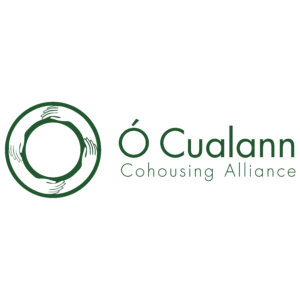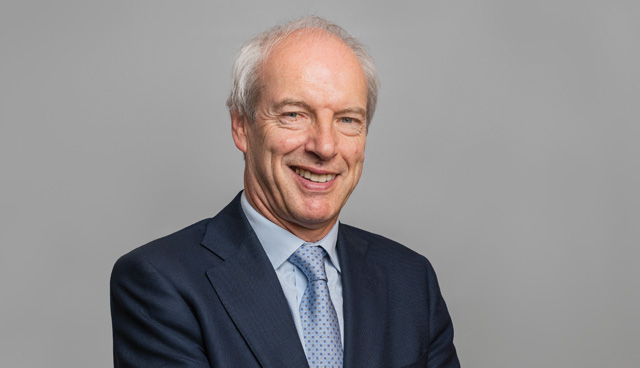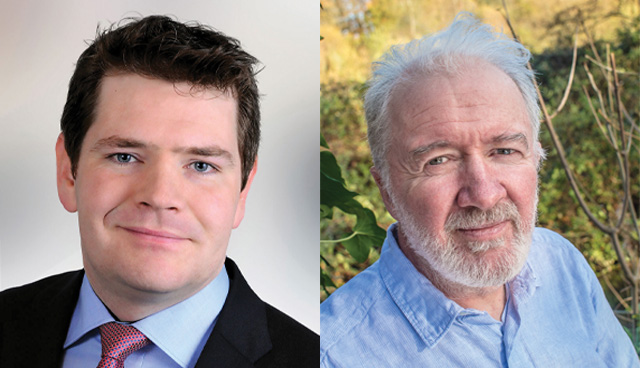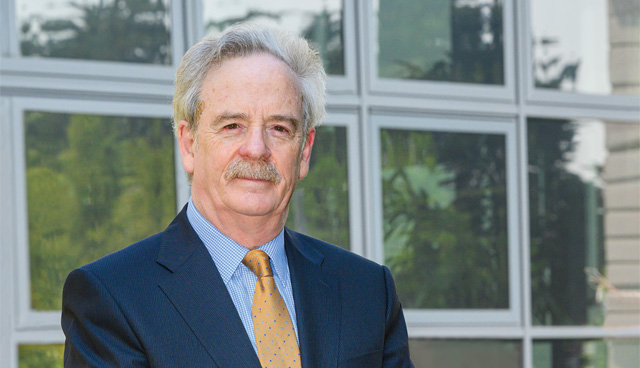
European Commission identifies housing solutions in tackling economic imbalance
22nd July 2020
Enhancing the planning process
22nd July 2020What affordable housing really means
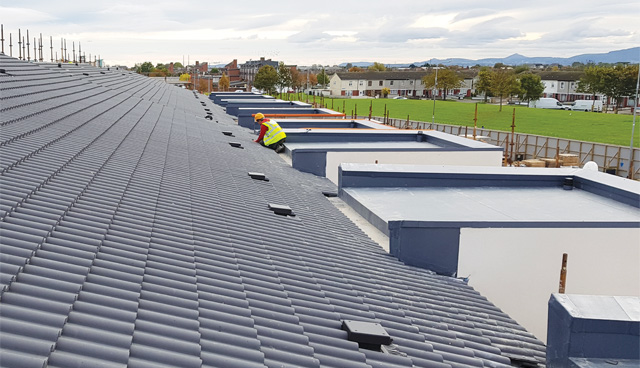
Finishing touches to the roofs in Oileáin Na Crannóige, Ballymun.
Despite all of the recent widespread coverage of the housing crisis there appears to be confusion about what buying affordable homes actually means.
Affordable housing is home ownership that people can afford. The experience of Ó Cualann is that many people still want to own their own home, but a growing number simply cannot afford to buy one. And for those who prefer to rent, the definition is similar: affordable rental is rental occupation at a rate that people can afford to pay. And what can people afford to pay for their housing needs? The metric used across Europe is one third of net income. If we make an allowance for maintenance and utilities, Ó Cualann argues that people should be able to buy a house such that they pay no more than 30 per cent of their net income on their mortgage. We assume a 25-year mortgage.
Ó Cualann housing is affordable primarily because the land is provided at a discount by a Local Authority, the State, or other willing landowners and the Ó Cualann margin is maintained at circa 5 per cent. In some circumstances, development levies are waived. Construction finance is sourced privately from banks or investors and is repaid as houses are sold to purchasers. This approach keeps the overall cost down, and in turn delivers a top quality, affordable home.
There is every reason for the State to support this model. As soon as an Ó Cualann house is sold, the State gets 13.5 per cent in VAT, 1 per cent in stamp duty and 10.5 per cent in taxes collected during the construction process from PAYE and USC, etc. Even if development levies are waived the return to the State and the taxpayer is at worst cost neutral and usually makes a contribution to the Exchequer. If you assume the net cost of a new A2 rated, 3-bedroomed house to be €200,000, the State will collect over €50,000 for each house sold. Affordable Purchase when provided via this model, is cost neutral.
The same applies to affordable rental in the Ó Cualann model. Rental on State land can also be cost neutral, or contribute to the exchequer over time. Rent is calculated based on the household income and no tenant pays more than 31 per cent of their net income on their rent. For example, the cost rental or base rent of a three-bedroomed house built on State land, costing €225,000 including VAT is circa €1,100 per month.

Final touches before handover.
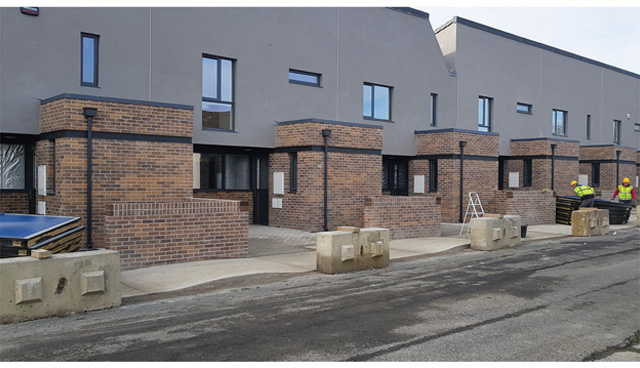
A household earning €40,000 per annum will need a subsidy of €200 per month to be able to afford to rent this house, whereas a household on €80,000 per annum can afford to pay up to €450 per month more than the base rent. This element of cross-subsidisation is not new, it has been common practice in Helsinki, Zurich and Vienna for decades. In this way, the rent is affordable in perpetuity and the asset belongs to the State, Local Authority, or co-op in perpetuity and remains a valuable asset once the capital has been paid down.
We also argue that the current Social Housing model can and should be scrapped in favour of universal affordable rental. In such a model, whether you earn €10,000 per annum or €10,000 per month, you can apply to rent an affordable house or apartment. The only difference is that you pay a variable differential rent for the same house and you only get a subsidy if you need it. As your financial circumstances change, your subsidy reduces or increases accordingly. However, you never pay more than 31 per cent of your net income on rent.
This approach provides for better integration, it means that housing benefits are widely accessible. Income eligibility includes the middle-class, and families can remain in their homes even as their incomes rise. This creates a broadly shared, mixed-income, inter-generational asset that can cut through social classes and stigma typically associated with public housing. The model as used in Vienna has proven to be sustainable even as the population grows. It works in Vienna, Zurich, and Helsinki, where your address is never a factor in determining your or your family’s educational or professional advancement.
Affordable housing delivers; homeowners and renters pay no more than 33 per cent of their net income on their housing needs. Factoring in utilities and maintenance, no one pays more than 30 per cent of their take-home pay on their mortgage repayments or 31 per cent of their net income on rent. In our first Ó Cualann development, the average monthly mortgage repayment was less than 20 per cent of net pay.
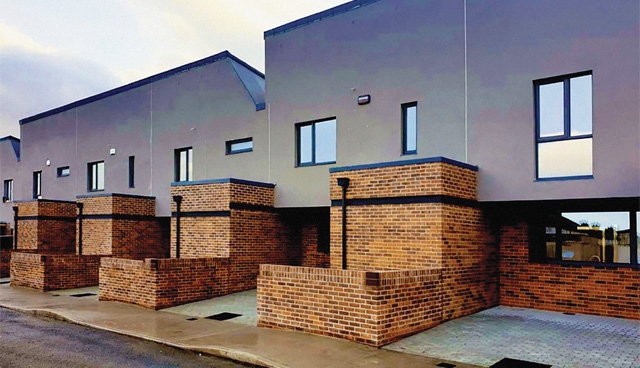
New homes ready for occupation.
To safeguard against exploitation of the model, a buyback or clawback arrangement is used if someone sells their house. This ensures that houses cannot be flipped for profit. It means people stay in the community and promotes and preserves more cohesive and enduring communities.
And speaking of community, because people have considerably more disposable income when they move into an affordable house, we have shown that for every 1,000 affordable homes in any given area, €6,500,000 extra income per annum is generated and therefore available to be spent locally. This is hugely beneficial for areas such as Ballymun, where local services can be sustained successfully in the local community.
Affordable housing is a realistic proposition, both economically and socially. The Ó Cualann model is people-centred and community-based in its approach, and it works financially for everyone. If we really do want to solve the housing crisis in a compassionate way, here is a ready-made solution.
T: 01 286 9237
E: info@ocualann.ie
W: www.ocualann.ie
